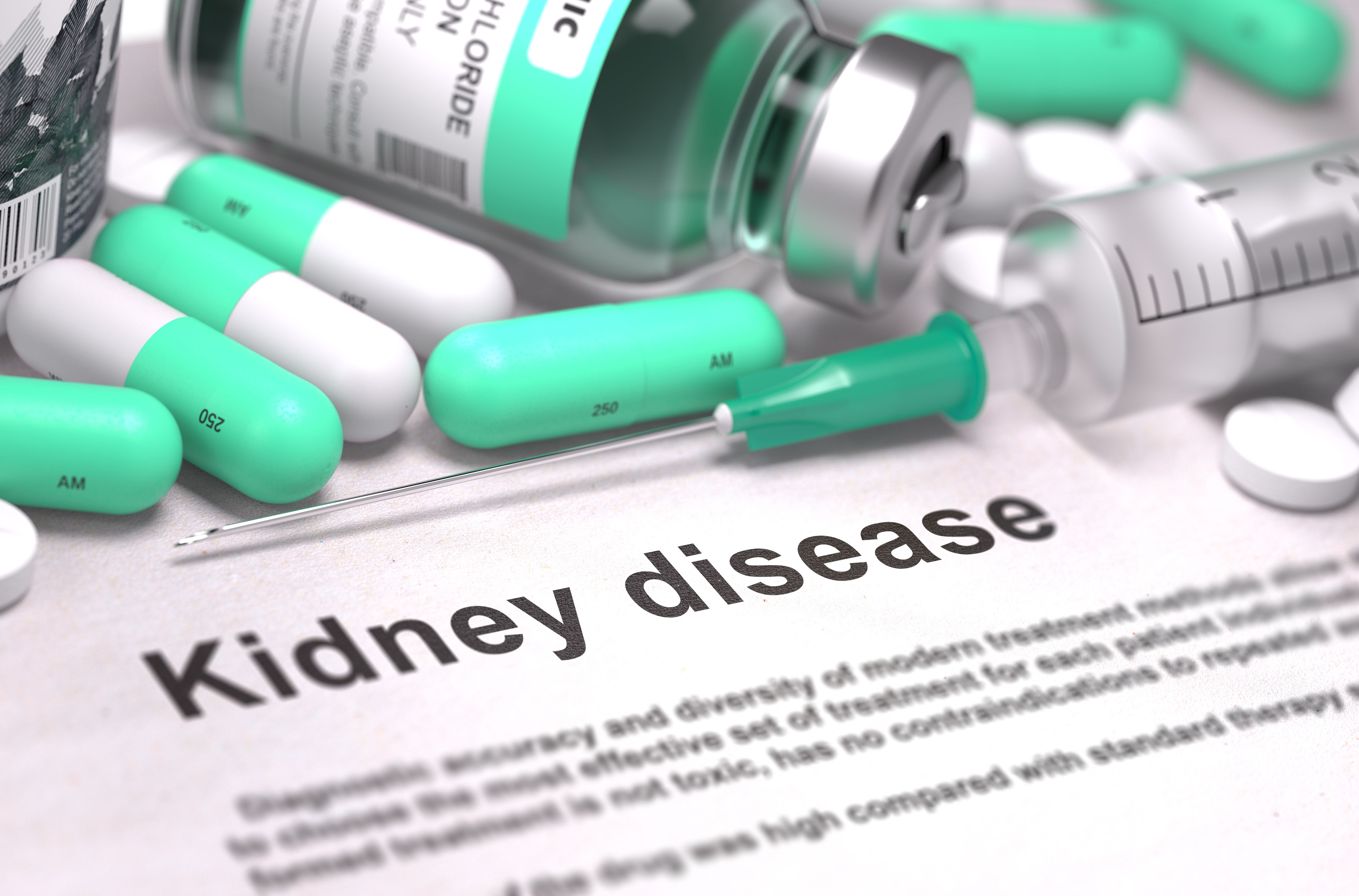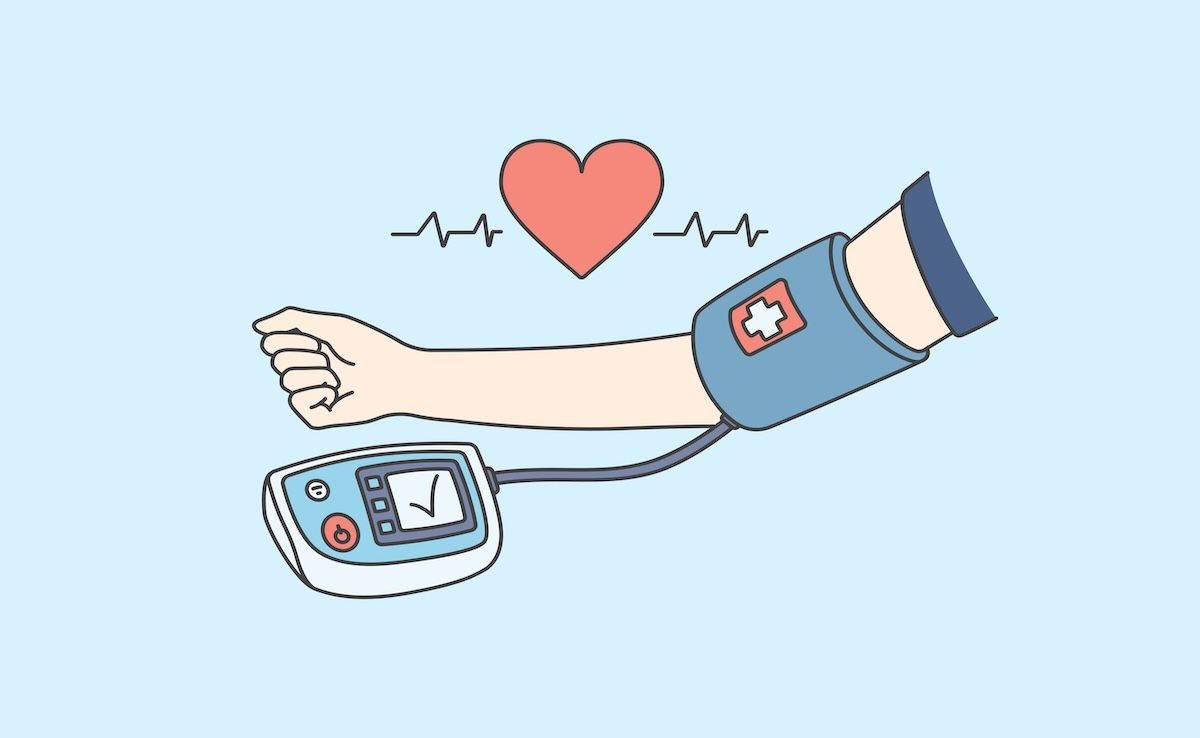Video
Biochemical Versus Symptomatic Relapse Treatment Choices in MM
Ola Landgren, MD, PhD: Lastly, I would like to add another perspective to this conversation. When we talked about the newly diagnosed patients, I think you brought up in the beginning, Sundar, about the patients with standard risk. They are the ones who obviously have the best outcome. We had a discussion where we said, if you give the best drugs to those patients, that’s where you’re going to see the best outcome. If you give the best drugs to the patients with progressed disease, they will probably need it, but the best outcome is going to be in the standard-risk category. That’s what we discussed.
When it comes to the relapsed/refractory patients, we have so many different options. Some drugs are more powerful, and some are a little bit less powerful. So I think a lot of groups are still thinking that you can use the less powerful regimens for patients who have a biochemical relapse. While those who have a symptomatic relapse, they really need a more powerful one. Wouldn’t it be reasonable to say that extrapolating from the newly diagnosed setting, that if we used the most powerful drugs, that they would probably have the better outcome in that biochemical relapse? To hit the biochemical relapse with the better drugs is a better long-term outcome. What do you think about that?
Sundar Jagannath, MD: I think your statement is correct. If you say you want to treat a patient effectively, even if the patient has relapsed, you go with the intent that you want to put the patient into complete remission, MRD [minimal residual disease]-negative. I’m happy to say I have patients who have relapsed and have gone into complete remission, MRD-negative, for more than 5 years. Some of the new drugs that have come out have had excellent outcomes. It was almost like the disease needed this new drug, and it wiped it out. So that’s important. It’s also becoming very clear that we are able to get MRD-negative status using drugs like CAR [chimeric antigen receptor] T-cell therapy in patients who are penta-refractory—2 proteasome inhibitors, 2 immunomodulatory drugs, and daratumumab—and still they are able to get into complete remission, MRD. Some of these are quite durable, too. So my feeling is…
Ola Landgren, MD, PhD: So it can happen multiple times in the same patient. It happens at the beginning. It can happen at the relapsed setting, and it can last for a long time.
Sundar Jagannath, MD: It may not have happened. I had a patient who went on the new drug that is approved, selinexor. That patient had never achieved remission on any of the other treatments up until then. She had lichen myeloma. When she went on this oral selinexor, she went into complete remission. I was absolutely aghast, with a single agent. Myeloma is unique in this regard, so going back to your question, wouldn’t you treat with the best treatment for a relapsed patient rather than segmenting good-risk versus high-risk or symptomatic relapse versus biochemical relapse? OK.
I can understand patients with high-risk versus good-risk because that is genetic, and we use that even for newly diagnosed multiple myeloma. This biochemical relapse versus symptomatic relapse, for a patient with high-risk disease, you detect that this patient is right now biochemical. They will progress very quickly and will not have a good outcome. You might as well use the best treatment even though it is not a symptomatic relapse.
Ola Landgren, MD, PhD: Correct.
Sundar Jagannath, MD: There could be a patient who has a symptomatic relapse with a good risk where you could actually treat with what you consider as not-so-intensive therapy, and you get a good response. For me, the principle I use for newly diagnosed myeloma has to do with what I define as high-risk or low-risk based on genetics, which is more important than whether it is a biochemical relapse or symptomatic relapse.
Ola Landgren, MD, PhD: Could you say it again to clarify? For a biochemical relapse, are you thinking of using the more powerful regimen for everyone or to reserve it for those that have the genomic signature adversely?
Sundar Jagannath, MD: I would have used the genomic signature for a biochemical relapse, and I would have tackled them very effectively. Generally, they are called high-risk because these patients tend to relapse quickly and die early. It is the survival that gives….
Ola Landgren, MD, PhD: But you’re saying that the biochemical relapses that don’t have that genomic signature or adverse biology, you take it a little bit easier.
Sundar Jagannath, MD: I take it easier. Sometimes, I even watch them for a while to come to a measurable disease, like we consider IMWG [International Myeloma Working Group], then they can be on a clinical trial. I’m not concerned so much about good-risk patients having a biochemical relapse as opposed to high-risk.
Ola Landgren, MD, PhD: But you could envision a scenario. I’m not saying this is right. If there were studies done with MRD tracking, that if you hit that biochemical standard-risk disease with a very good therapy, that maybe you could wipe it out, and maybe you could stop therapy. That could be another avenue of investigation.
Sundar Jagannath, MD: That is absolutely a correct statement. I’ll put it at that; I’ve not changed my position on it, but your statement is correct.




